Being active on social media is hardly a choice anymore for small to medium-sized businesses—it’s a given. Your customers are there. Connecting with your target audience on the social web can boost your brand and level the playing field between you and big competitors with larger advertising budgets. But before you rush out to tweet a deal or share pics of your new logo on Instagram, take a minute to learn about common mistakes smaller businesses make with their intellectual property (or IP) in social media—and how you can avoid them.
Mistake # 1: Not having a plan
It’s important to remember that when you tell your customers something on social media, you’re telling your competitors too. Think through what you want to disclose and whether you have taken the proper protective steps to register or claim your branded IP (more on that below). Make sure you have a social media policy in place for site visitors and employees to post to your accounts. Your social media policies must consider IP and clearly state how your content, images, and logos might be used.
Mistake # 2: Under protecting your IP
Have you considered filing trademark or trade name applications for the proprietary names or logos you share on social media critical to your brand? While it’s not essential to register every word you write or image you use, it can be risky to socialize a compelling motto or a trendy logo without protecting it first. Sure, it may go viral. It also may go on your competitor’s following product– and there will be little you can do about it. Registration heightens your chances of prevailing if you need to ask a third party to cease and desist from using your IP or go a step further and file a Digital Media Copyright Act (DCMA) infringement notice to have the offending website blocked from search engines.
Mistake # 3: Not displaying ownership marks, or using the wrong ones
Most of us are so accustomed to seeing those little superscript marks next to brands, logos, and content that we hardly notice them. But these tiny icons can significantly impact your ability to protect your IP from infringement and abuse. For the protections to apply, it’s essential to use the right kind of mark for the situation. For trade names and logos, use the symbol ™ if you claim ownership, but either have not filed an application or have filed and are waiting on approval. Only use the ® symbol if you have an approved and unexpired trademark or trade name registration on file with the U.S. patent and trademark office. For your original written content, you can use a © symbol whether or not you have filed a copyright application. For audio files, use a ℗ symbol.
Mistake # 4: Not monitoring third party use of your IP
Once you have planned your strategy for protecting your IP in the social media world and taken the proper steps to register for protection and display ownership marks, you’re still not done. Continuous monitoring of your IP shows up in social media is also critical Setting google alerts for your unique branded phrases can help you track where content ends up and whether it’s been properly attributed to you. Tools like Hootsuite and Topsy can help you track mentions across social platforms. Copyscape.com can tell you when your fantastic blog post or article has been the victim of a cut, paste, and repost.
The tremendous opportunities social media offers to expand your reach, spread your message, and elevate your brand are immense. With some planning, protection, and monitoring, you’ll be positioned to make the most of them.
NOTICE: The information on this website does not constitute legal advice. You should not rely on any information without seeking the advice of a competent attorney licensed to practice in your jurisdiction. This website is both a communication and/or solicitation as defined by California Rules of Professional Conduct, rule 1-400. For further information, please click here.


